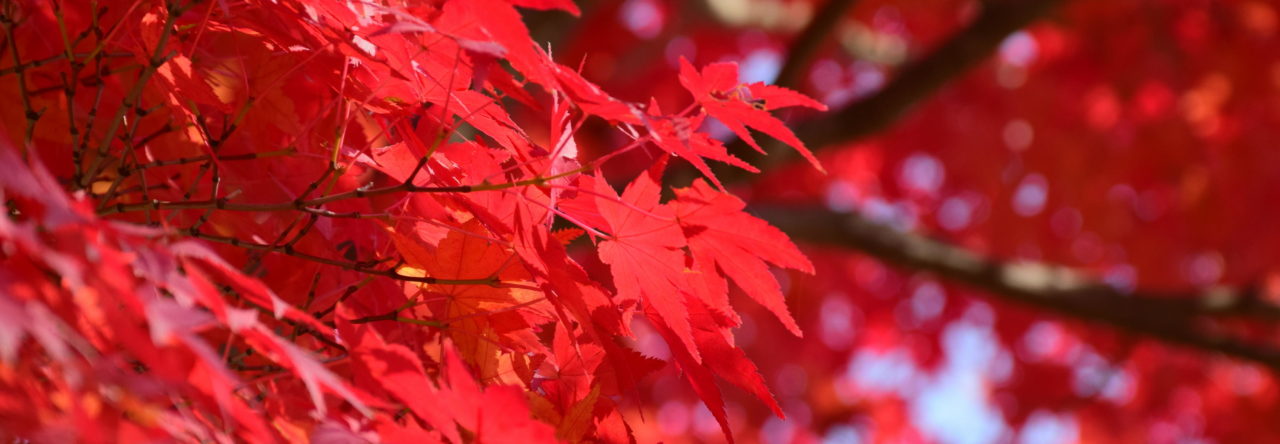Notes: From Ellis Amdur
- This essay is published with the kind permission of Mayumi Abel
- Any additions, clarifications or other changes to Laszlo’s essay, that follows the foreword, will be in oxblood script. I have made minor textual corrections and added a few links.
Forward: Ellis Amdur
Back in the 1970’s and 1980’s, there was a small number of non-Japanese who were training in koryū-bugei. Some such as Phil Relnick, Quintin Chambers, Larry Bieri, Meik Skoss, Hunter Armstrong and the very recently deceased David Hall were closely associated and trained with Donn Draeger, the groundbreaker who proved to many, otherwise chauvinistic, Japanese that non-Japanese could fully integrate themselves within classical Japanese martial traditions (my apologies to anyone I left out of that group). Many others of us were not so closely connected to Donn, but also trained in classical koryū-bugei. Among the most remarkable of them was Laszlo Abel. He was a wiry man of medium height, with a nose that preceded him like the bowsprit of a battleship. He had a hot temper and a rude sense of humor, and I never saw him back down in a debate, even when we were out drinking, and things might turn physical.
Laszlo was interested in the unusual rather than mainstream. I know he trained in a rather obscure branch of Tenjin Shinyō-ryū, Masaki-ryū with Nawa Fumio, Negishi-ryū shurikenjutsu and Shindō Munen-ryū kenjutsu. He had wicked skills with a short chain in his hands, and every time I saw him, he’d reveal some hidden weapon, like a ring, turned inward, that had small spikes on it.
